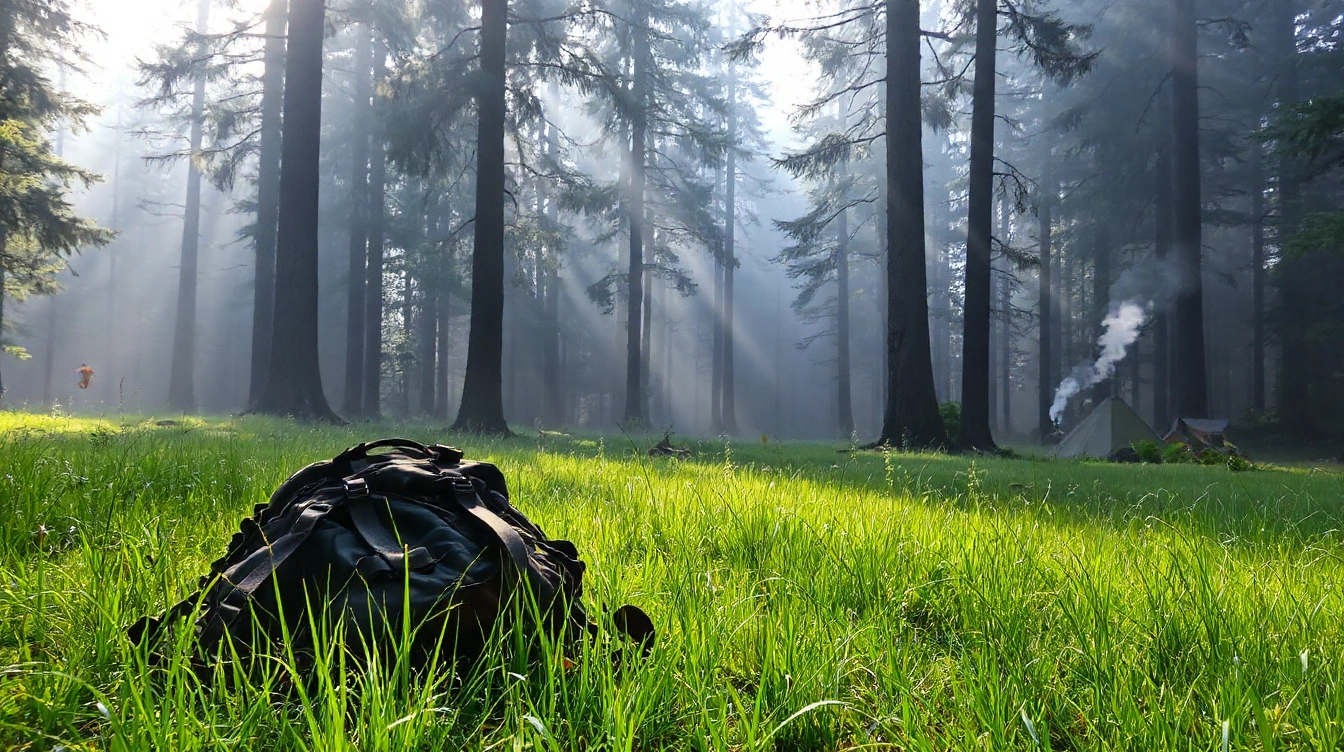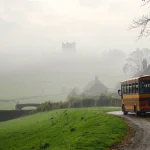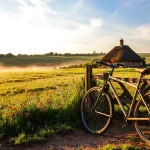Key challenges of camping in the UK
Camping in the UK comes with unique British camping obstacles that every outdoor enthusiast should anticipate. One of the foremost UK camping difficulties is the notoriously unpredictable weather. Sudden rain showers and chilly winds can disrupt even the best-laid plans, turning a pleasant outing into a damp, uncomfortable experience. Campers must pack versatile clothing and waterproof gear to stay dry and warm.
Another challenge is dealing with midges and other insects. These tiny pests can swarm during certain seasons, causing irritation and making it difficult to relax. Effective insect repellent and protective netting are essential parts of any camping preparation UK.
In parallel : What Are the Unique Health Benefits of Camping in the UK?
Moreover, campers often face complicated campsite restrictions and regulations. Some sites enforce strict rules on where tents can be pitched or limit campfires, which can affect typical camping routines. Understanding these regulations ahead of time helps avoid conflicts and ensures a smoother stay.
By preparing for these key issues, campers can enjoy the beautiful British outdoors despite the obstacles.
Also read : What Are Some Unconventional Camping Spots to Explore in the UK?
Wild camping and accessibility issues
Wild camping in the UK is governed by strict UK wild camping rules that vary widely between regions. Unlike some countries with permissive wild camping laws, most of the UK requires landowner permission to camp outside designated areas. This legal framework directly impacts camping access UK, limiting where enthusiasts can set up camp without risking fines or eviction.
Finding suitable and available campsites adds another layer of challenge. Due to high demand and limited official sites, especially in popular areas, campsite availability is often restricted. Many campsites require advance booking, and wild camping alternatives typically mean fewer amenities. This scarcity makes careful planning essential.
Access to amenities during wild camping is usually minimal. Campers must adopt self-sufficiency, bringing their own water, food, and waste disposal solutions. Remote locations may lack nearby facilities, reinforcing the need for preparation and respect for the environment. Thus, understanding regulations and balancing desire for solitude with practical needs is crucial for a positive and legal wild camping experience in the UK.
Coping with UK wildlife and environmental factors
Camping in rural UK introduces unique interactions with UK camping wildlife and natural surroundings. Common wildlife encounters include deer, rabbits, and various bird species. While most are harmless, some like midges and ticks can cause discomfort or transmit diseases. Wearing protective clothing and using insect repellent are effective safety precautions to minimise bites.
Environmental hazards vary by terrain and location. Wet, uneven ground can lead to slips or waterlogging, while dense forests may pose navigation challenges. It’s crucial to assess the campsite critically for safe pitching spots away from steep slopes or flood-prone areas.
Adhering to waste disposal rules and Leave No Trace principles is essential to preserve rural habitats. Always pack out all rubbish, avoid disturbing wildlife, and minimise campfire impact. This approach maintains the delicate balance of ecosystems found in rural camping UK.
Understanding the interplay between local wildlife and environmental conditions helps campers enjoy a safer, more respectful experience amid the UK’s diverse countryside.
Comparison with camping challenges in other countries
Exploring camping UK vs Europe reveals notable differences shaped by climate, regulations, and site infrastructure. In the UK, the weather’s unpredictability—often damp and cool—presents unique challenges. Meanwhile, continental Europe generally offers warmer, more stable conditions, which influences camping habits and gear choices. For instance, campers in southern France or Spain can rely on extensive dry seasons, contrasting sharply with UK’s frequent rain.
Climate is pivotal in these camping differences. The UK’s shorter summers dictate a briefer camping window, whereas North America, especially in temperate zones, may afford longer seasons combined with diverse landscapes, affecting both preparation and experience.
Regulatory frameworks also vary. The UK has strict rules regarding wild camping, typically restricted to Scotland, whereas many European countries, like Sweden and Norway, embrace “freedom to roam” laws, expanding options. Additionally, campsite infrastructure differs; UK campsites often emphasize tidy, family-friendly facilities, while some European sites provide more rustic or expansive rural spaces.
Understanding these global camping experiences helps campers plan appropriately, selecting gear and locations that best match local conditions and rules. This ensures a smoother, more enjoyable adventure, whether in the UK, Europe, or beyond.
Practical tips and recommendations for overcoming UK camping challenges
Camping in the UK demands thoughtful preparation to navigate its unique conditions. UK camping tips highlight the importance of gearing up properly for unpredictable weather. Waterproof clothing and high-quality tents with robust rainflys are essential. Pack layers to adapt swiftly to cold mornings or damp evenings, and include a reliable sleeping bag rated for lower temperatures.
Dealing with insects is another key aspect. Using insect repellents containing DEET or natural alternatives helps minimise discomfort. Setting up mosquito nets and ensuring tents close securely will further reduce bug encounters. Regularly cleaning cooking and eating areas also deters attracting insects.
Understanding and respecting campsite rules influences the overall experience. Many UK sites have specific guidelines about campfires, waste disposal, and quiet hours to preserve nature and other campers’ enjoyment. Selecting campsites that suit your comfort level—whether wild camping spots or established parks—ensures rest and relaxation. Combining these strategies addresses common camping obstacles effectively, transforming challenges into enjoyable outdoor experiences.











